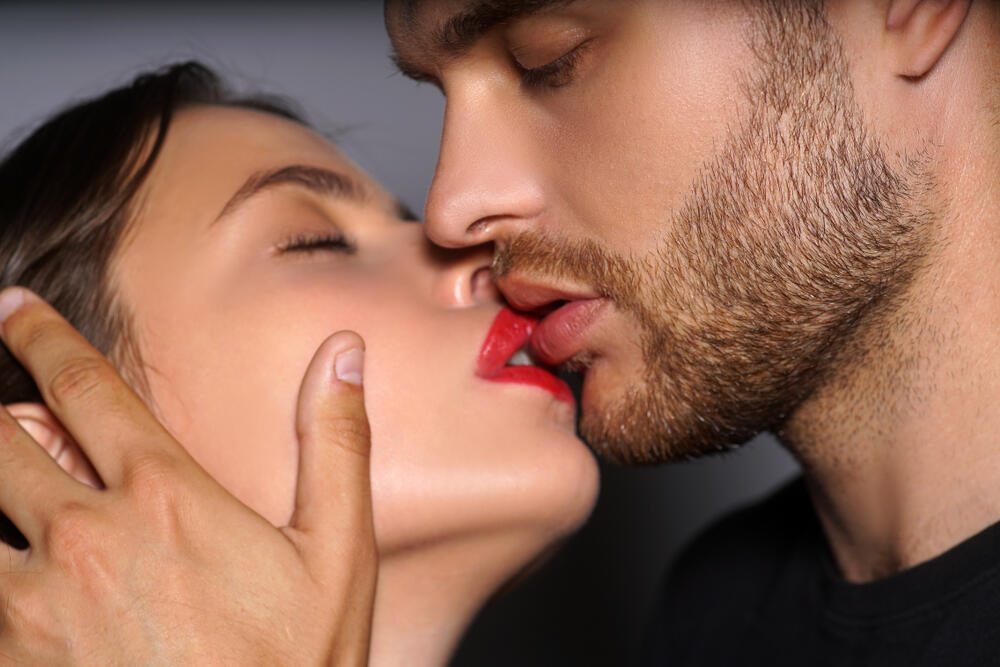Thomas Edison, the genius responsible for the electric light bulb and a slew of other inventions and patents, installed in viewing booths a sophisticated machine through which one could watch a sequence of moving images. He named the machine "Kinetoscope", a combination of the Greek words Kinetos (movement) and Skopos (viewing). All the curious and gadget enthusiasts of the time, the late 19th century, could simply insert a quarter into the machine and enjoy the new wonder.
Read more:
While Edison lagged in technological advancements, the Lumière brothers successfully led the way. Nevertheless, in terms of creative content, Edison showcased his inventive flair.
The breakthrough occurred on the screen in 1895, encompassing a myriad of scenes – a train approaching the audience in a mythological setting, unintentionally becoming the first source of horror for viewers; workers exiting the Lumière brothers' factory in the inaugural documentary; a child using a hose to water plants, deemed the first comedy; and even a concise yet captivating boxing film.
Despite the dawn of the seventh art during those days, there was a conspicuous absence of recorded evidence on the screen regarding a subject that had consistently captured humanity's attention since time immemorial.
Edison was the pioneer in recognizing the absence of romantic relationships on the screen and decided to remedy it. He enlisted actress May Irwin and actor John Rice, both theater luminaries with Broadway conquests, to recreate a scene from the musical "The Widow Jones," which had premiered a year earlier.
The outcome was a 21-second sequence featuring a man and a woman embracing, laughing, playacting, and culminating in a kiss. This marked the first instance in history when audiences witnessed a kiss on the screen.
The film, entitled "The Kiss," depicted Irwin and Rice locking eyes and sharing a brief two-second peck. Sometimes, all it takes is two seconds to craft a marketing masterpiece. The word quickly spread – Edison's new device was a must-see, showcasing a man and a woman engaged in a kiss.
From then until now, it's a rare sight to find a romance film that doesn't feature a passionate kiss. Every kiss, invariably, involves closed eyes. This cinematic norm, as gleaned from Hollywood, dictates that two deeply in love individuals must engage in lip-locking with eyes firmly shut. Should we accidentally witness a kiss with open eyes, it typically serves as the screenwriter's signal of an issue – one party being interested while the other isn't, underlying thoughts of indifference, or perhaps even betrayal.
It all starts with a baby suckling
The closed-eye kiss isn't a creation of cinema but, like many clichés in Hollywood romantic comedies, is grounded in truths, natural occurrences, and ancient behaviors. Research suggests that over 80% of women and approximately two-thirds of men prefer closed-eye kisses. To fathom this phenomenon, we're compelled to rewind the clock significantly.
The origins trace back to our decision to stand on two legs and walk upright. While our primate relatives flaunted red buttocks as a hormonal sign, early humans began blushing in the cheek and lip region to express mating readiness. In prehistoric times, the color red held vital survival significance – green warned against poison, but red signaled ripeness. If I'm a fruit, you could eat me, and if I'm human, you could nibble on me.
Humans uniquely push their tongues into another creature's mouth, and the kiss is an evolutionary echo of nursing or, if you will, a déjà vu. In both scenarios – a baby suckling and adults kissing – the lip movement remains identical. Oxytocin, the love hormone, is released in both cases, offering comfort, calmness, and closeness. Closing our eyes during a kiss parallels the connection between kissing and nursing. This connection is evident in the fact that 90% of kisses involve a slight head tilt to the right, mirroring how a mother tilts her baby's head during breastfeeding.
In ancient times, the kiss functioned as an effective and dependable strategic tool designed to unveil significant details about a partner. It could expose genetic similarities or the health of the partner, contributing to decisions about compatibility in relationships and reproduction. Sampling the proteins on a partner's lips through a kiss provided insights into their genetics.
However, the vital information primarily reached the brain through the sense of smell, given the close proximity of the nose to the lips. It's crucial to note that the act of sniffing, though potentially perceived as intrusive, becomes acceptable when it occurs naturally during a kiss, avoiding side effects like embarrassment, offense, or discomfort.
During a kiss, the engagement of the lips necessitates breathing through the nose, facilitating the sense of smell. Closing our eyes in a kiss enhances other senses, allowing a more heightened perception of lip touch and a superior sense of smell.
Thriving better required understanding two things: that our partner would live long enough to bear numerous offspring and that their genetics differed from ours. Ancestors preferred partners with distinct genetics to ensure diversity among offspring and enhance long-term survival chances.
Additionally, the exchange of saliva during a kiss efficiently shares bacteria, fostering some degree of similarity and providing evidence that differences in our partners don't repel us. Ah, the romance of it all.
In today's context, genetic differences and the partner's health status aren't as critical, at least not for survival. We no longer rely on a kiss to determine a partner's life expectancy, as we can easily access blood test results through an app. The effort to seek genetic diversity has lessened over the years as we've already mixed sufficiently.
However, evolutionary instincts continue to operate in the brain in the same manner. A decade-old experiment, for instance, explored participants' attraction to scents using shirts worn by the opposite sex. The majority overwhelmingly showed a preference for shirts with a genetic load different from their own.
Overload
Shutting the eyes during a kiss isn't a conscious decision but rather an instinctive response. This behavior serves a practical purpose, rooted in the fact that during a kiss, our vision becomes blurred when we get too close to the subject – our delightful partner.
There's also an evolutionary rationale: when engaged in a kiss, the brain releases a concentrated burst of adrenaline, heightening our other senses, much like in moments of fear or sensing imminent danger. This process involves dilating the pupils to allow more light into the eyes, and the brain signals the eyes to close promptly, preventing excessive dazzlement.
An alternative explanation was proposed by scientists seven years ago. Kissing is a physical act that triggers a multitude of sensations simultaneously, placing an additional burden on the brain. When the brain must concurrently handle cognitive tasks, such as processing visual information, it struggles to manage all these sensations at once.
Consequently, kissing with open eyes in such a scenario may pose a challenge; a regrettable outcome as kissing is generally a delightful experience. Therefore, select the appropriate partner, ensure their comfort, engage in a lip-lock, close the eyes, savor the moment.
Oh... and get a room!



